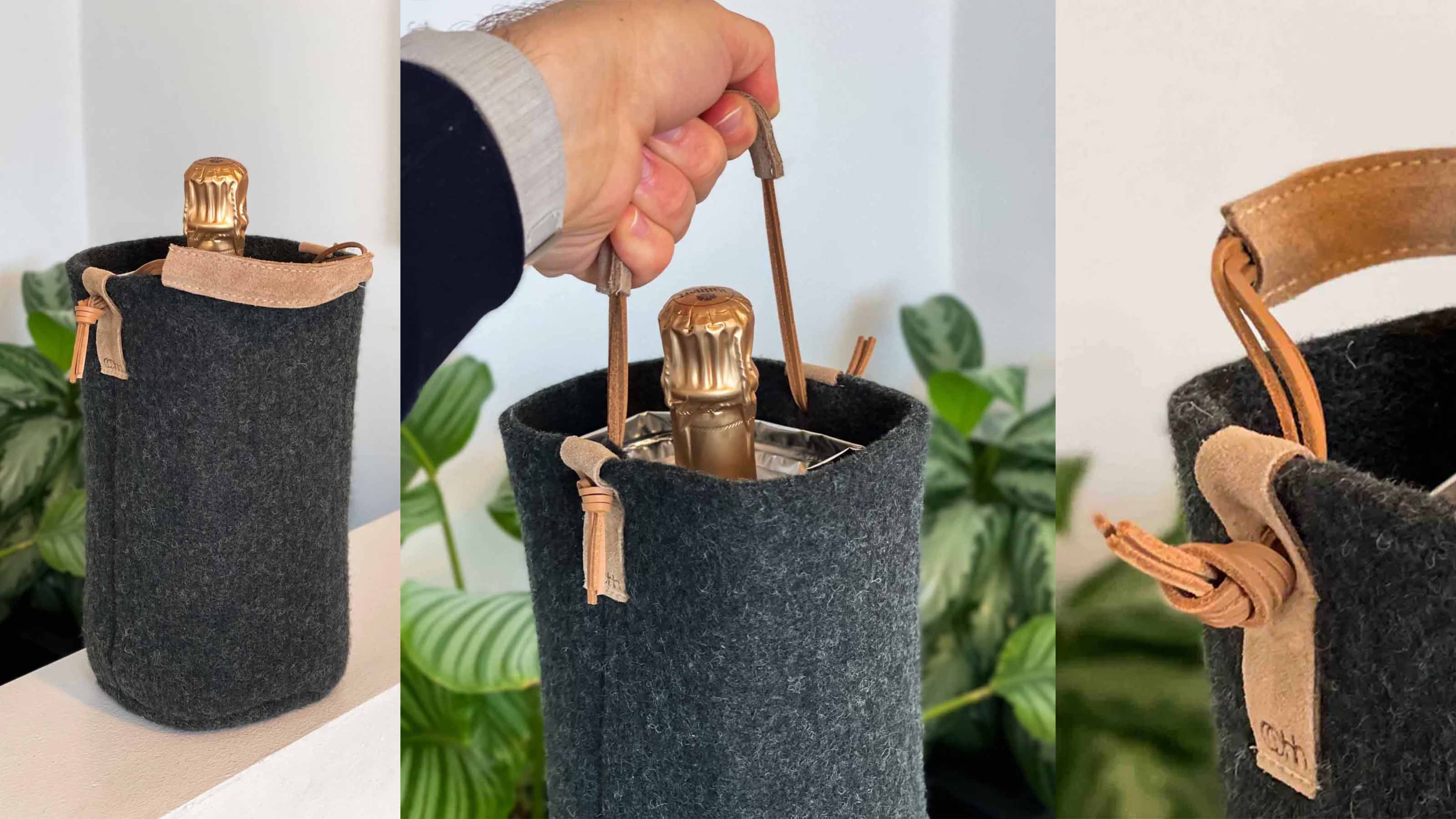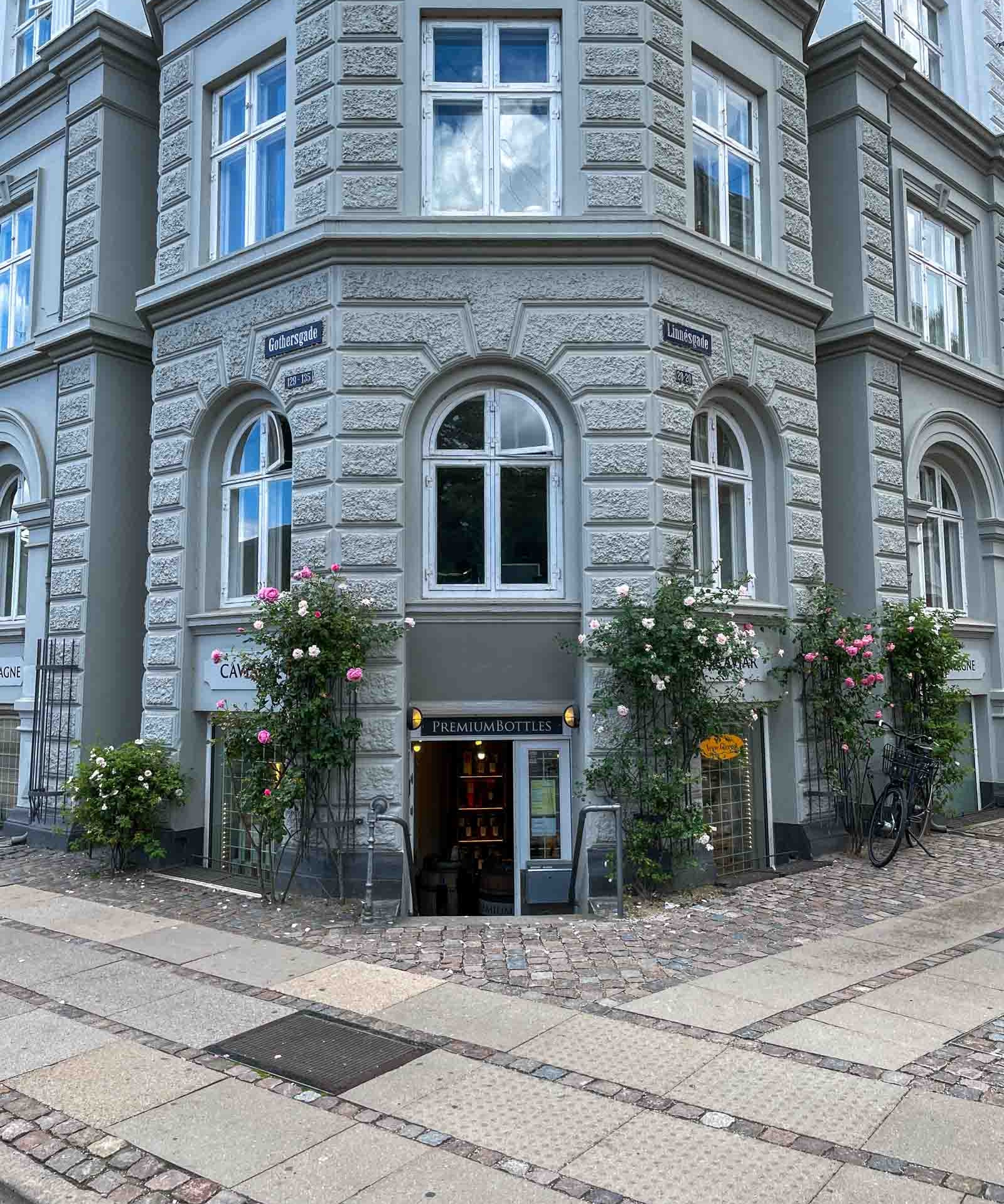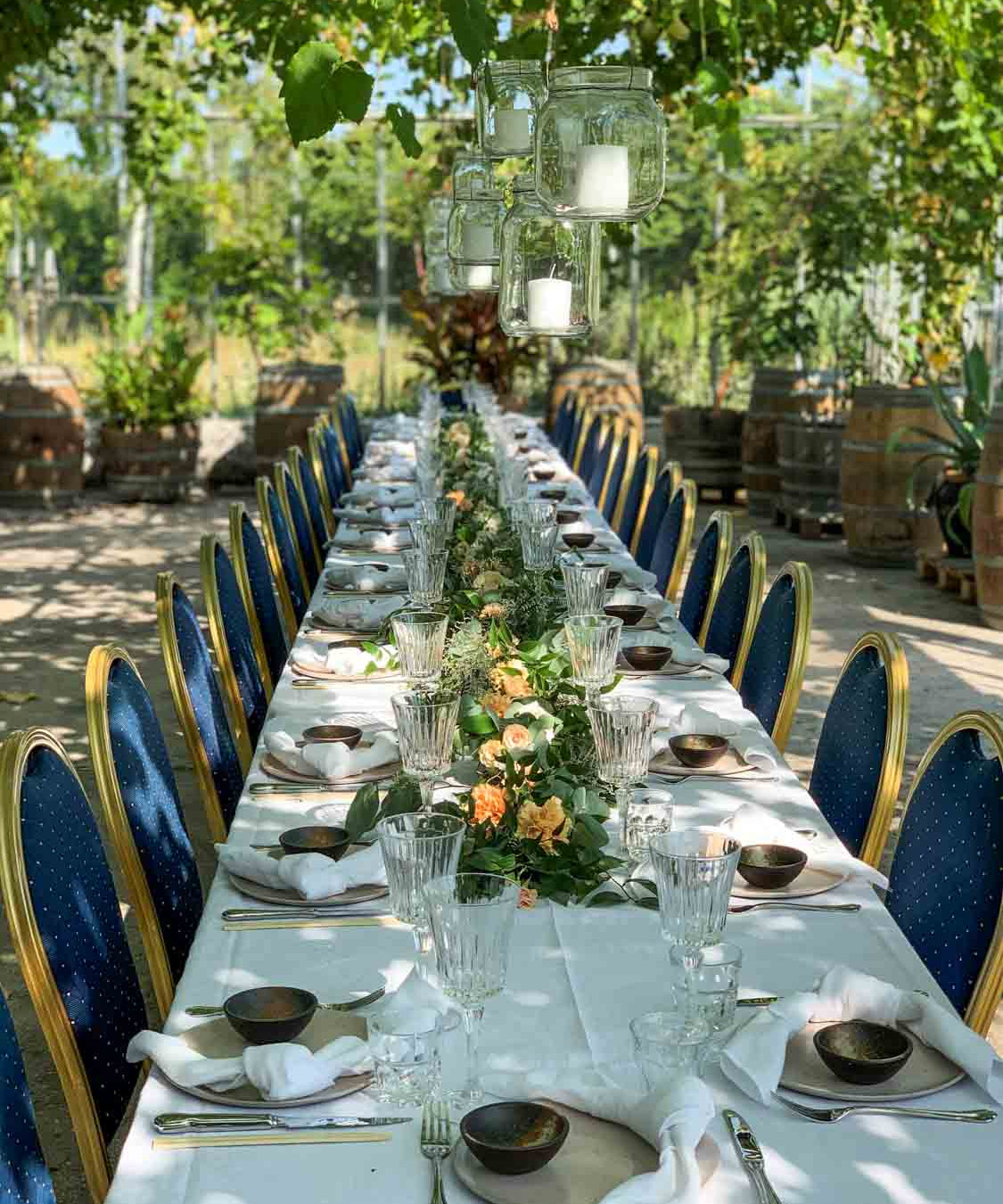There are many people who appreciate a good glass of champagne - especially for festive occasions such as birthdays, New Year's Eve or the like. But at the same time, there are probably also some who are a little unsure about how to store champagne correctly, as well as at what temperature it is ideal to serve champagne.
That is why we have written this little guide on how to best store your champagne. At the same time, we explain which temperature is best to serve at, so that you can have the best possible champagne experience.
How should champagne be stored?
When we talk about storing champagne, there are two different scenarios to consider. On the one hand , you may have bought a bottle of delicious champagne that you imagine you will enjoy in the coming future. If this is the case, many choose to throw the champagne into the fridge immediately and store it there.
And that may well be an okay solution. But it also requires that the champagne must be drunk within a few days. If the champagne is kept in the fridge for longer than that, it starts to be potentially harmful to the golden drops.
In that case, the cork can dry out due to a lack of moisture. As the cork dries out, the seal between the bottle and the cork will loosen. In that case, this will mean that the champagne oxygenates faster, and thus changes the aroma and taste.
If the champagne is to be stored for a longer period of time, other precautions should be taken. Generally speaking, the same rules apply to the storage of champagne as apply to other types of wine. They should preferably be placed in the dark (champagne is even more sensitive to light than other wines), relatively cool (10-14 degrees) and in a place where there are no large temperature fluctuations.
When the champagne is to be stored for a longer period of time, it is also best if it is stored lying down and not upright.
How long can champagne be stored?
If the champagne is stored correctly, it can easily lie around for several years waiting to be drunk. If it is Non Vintage champagne, it can easily stay for 2-4 years without problems. If it is a Vintage champagne, it can be stored for an even longer time. Although they have often been stored for 5-10 years before they even go on sale, they can easily be stored for several years in your wine cellar as well.
The effect of storing your champagne for a longer time will often be that the champagne gets a little more acid, becomes creamier and has slightly softer bubbles.
At what temperature should champagne be served?
When it comes to champagne and the right temperature to serve it at, there are probably many people who approach it a little wrong. Many choose to serve the champagne directly from the fridge, which means that the champagne has a temperature of around five degrees, or maybe even below, depending on how cold the fridge is set.
And it is therefore a little too low a temperature in relation to getting the maximum out of the champagne. Ideally, the serving temperature of a champagne should be around 9-11 degrees. In general, it is said that the better a champagne, the higher than serving temperature it benefits from. If the champagne is served at too low a temperature, you will experience how the bubbles are relatively hard and that the taste is almost biting.
So if your champagne has been in the fridge, it will benefit from being outside before drinking. Conversely, if it has been in a wine cellar or similar, it will benefit from a quick trip to the fridge or an ice bucket to bring it down to the desired temperature.
It is important to emphasize that this is just our advice for optimal serving of champagne. Champagne, and wine in general, is very much about personal preference. Therefore, it may well be that you prefer a champagne that has a lower or higher temperature than the ones we suggest.
So experiment and find the temperature at which you like champagne best.






























